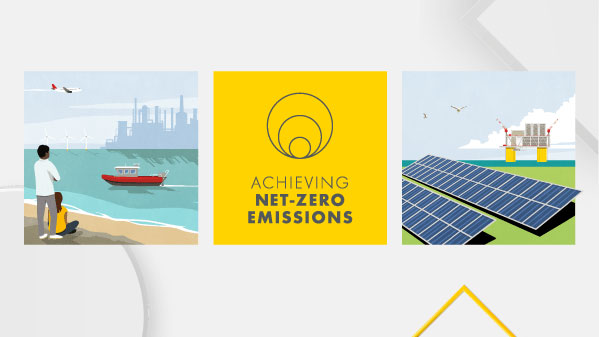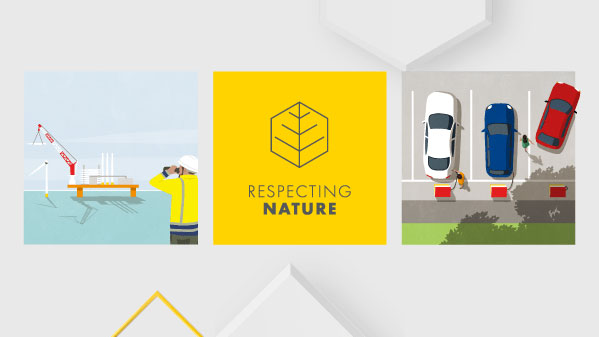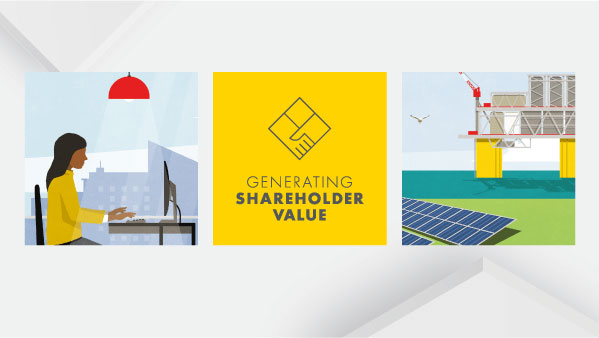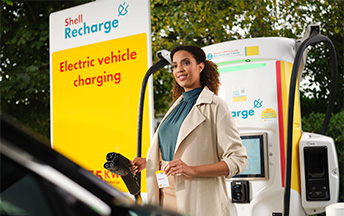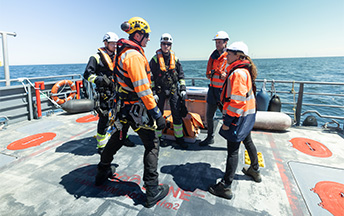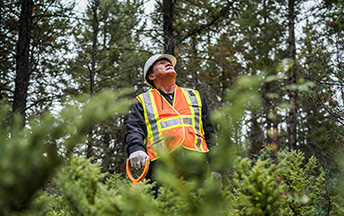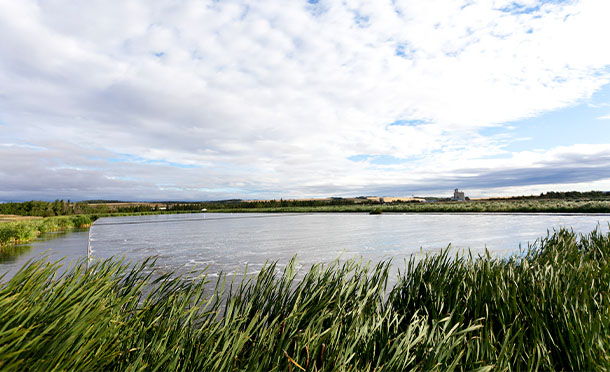Conserving water resources
Powering progress
Our ambition is to conserve fresh water by reducing consumption and increasing reuse and recycling.
- We will reduce the amount of fresh water consumed in our facilities, starting by reducing fresh-water consumption by 15% by 2025, compared with 2018 levels, in areas where there is high pressure on fresh-water resources.
We are making steady progress in reducing our fresh-water consumption in water-stressed areas.
At the end of 2022, four of our major facilities were located in areas where there is a high level of water stress based on analysis using water stress tools, including the World Resources Institute’s Aqueduct Water Risk Atlas and local assessments. The facilities are: the Pearl GTL (gas-to-liquids) plant in Qatar, the Shell Energy and Chemicals Park Singapore, the Shell Jurong Island chemical plant in Singapore and the Tabangao Import Terminal in the Philippines.
In 2022, these four facilities consumed 18 million cubic metres of fresh water, compared with 22 million cubic metres in 2021 and our 2018 baseline of 25 million cubic metres. This reduction was mainly the result of decreased water use at the Shell Energy and Chemicals Park Singapore, following the decommissioning of some processing units, and the conversion of the Tabangao refinery in the Philippines to a terminal.
Fresh water withdrawn and consumed [A]
Million cubic metres
In 2022, our overall intake of fresh water decreased to 156 million cubic metres, compared with 166 million cubic metres in 2021. This reduction was mainly the result of divestments and the shutdown of some units at the Shell Energy and Chemicals Park Singapore and Jurong Island Singapore.
Around 85% of our fresh-water intake in 2022 was used for manufacturing oil products and chemicals, with the rest mainly used for oil and gas production.
In 2022, we continued to review our water use and stewardship. We are applying procedures across our businesses to improve water efficiency and reduce fresh-water use. This has involved detailed water circularity assessments at six Shell sites in Australia, Germany, India, Malaysia and the Netherlands. The assessments taught us that water stewardship principles can be applied at our onshore facilities. We expect to update our approach in 2023.
Fresh water withdrawn by business
Million cubic metres
Fresh water withdrawn by source
Percentage
Of our fresh-water intake in 2022, 31% was from public utilities, such as municipal water supplies. The rest was taken from surface water, such as rivers and lakes (54%) and groundwater (around 15%).
Waste water and produced water
We track low-level concentrations of oil, grease and other hydrocarbons in water returned to the environment from the day-to-day running of our facilities (referred to as “discharges to surface water”). We work to minimise these discharges according to local regulatory requirements and our own standards. Where possible, we look for ways to treat water from our operations using natural solutions, such as constructed wetlands.
In 2022, the combined total of hydrocarbons discharged to surface water across all our facilities decreased to 0.9 thousand tonnes, compared with 1.0 thousand tonnes in 2021. Most of the reduction was the result of shutdowns of some units at the Shell Energy and Chemicals Park Singapore and shutdowns or improving water quality issues at offshore production platforms in the UK and the US Gulf of Mexico.
In 2022, we disposed of 58 million cubic metres of produced water, which represents a decrease of 28% from 81 million cubic metres in 2021. This reduction was mainly due to the divestment of Permian assets in the USA and the shutdown of facilities, including offshore production platforms in the UK.
Find out more about water use at www.shell.com/sustainability/environment/water.


